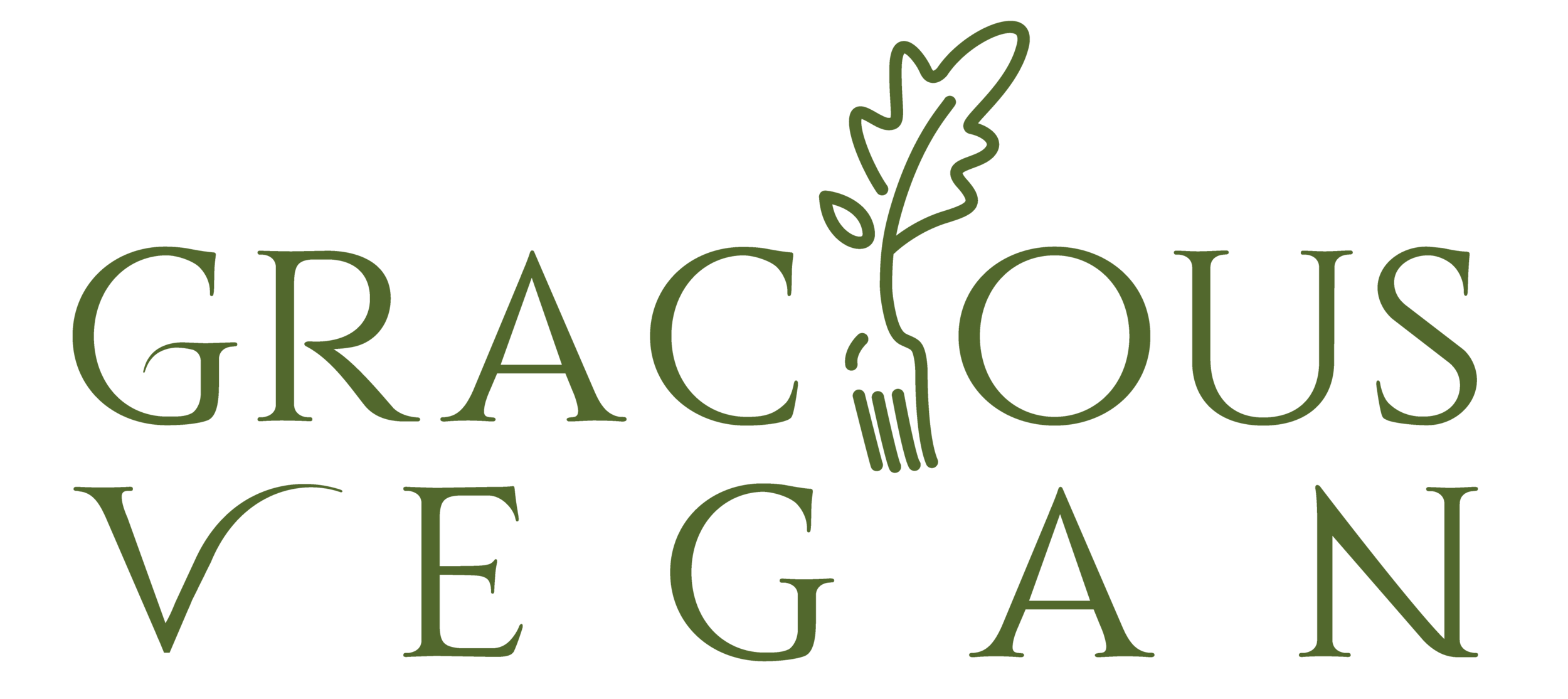What is Seitan?
(Psst! It's pronounced say-TAN.)
Seitan is an excellent source of protein. It has over twice the protein of tofu, 50% more than beef, and the same amount as a cup of cooked lentils. Its texture is dense and chewy, which is why a lot of plant-based cooks use seitan as a meat substitute. Another nice thing about seitan is that it’s already cooked, making it very easy to work with. Its major disadvantage is that it is not gluten-free, and there is no way to make a gluten-free version of seitan, since the major ingredients is, well, gluten.
Origins in China
Seitan’s origins date back to ancient China. It was made by creating a dough of flour and water, then rinsing the dough in water until the starch and bran washed away. All that remained were the gluten proteins, which made a stiff, elastic dough. This dough was simmered in a broth, cut into bite-sized chunks, then usually fried or sautéed. The word for this food in Chinese is usually translated as “wheat meat” or “mock meat” in the U.S.
Seitan’s emergence
Chinese mock meat is technically not seitan, which is a very similar wheat gluten product flavored with soy sauce. The word “seitan” was coined around 1960 in Japan. Like Chinese mock meat, seitan is chewy, flavorful, and moist.
Where to find it
You can find seitan in some grocery stores and in almost all natural food stores. You can also make seitan yourself using powdered vital wheat gluten. There are many recipes for homemade seitan.
What to do with it
You can slice or chop seitan and use it in sauces or stir-fries. A search on the internet will turn up thousands of recipes. I combined many of my favorite flavors in this recipe: Banh Mi Sandwiches with Seitan.

